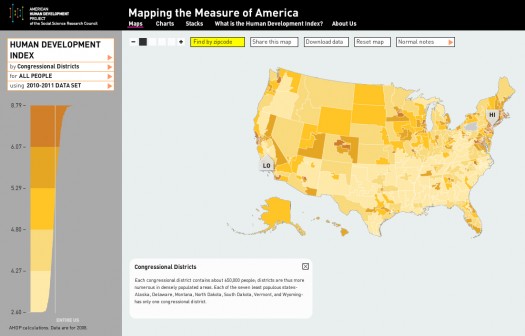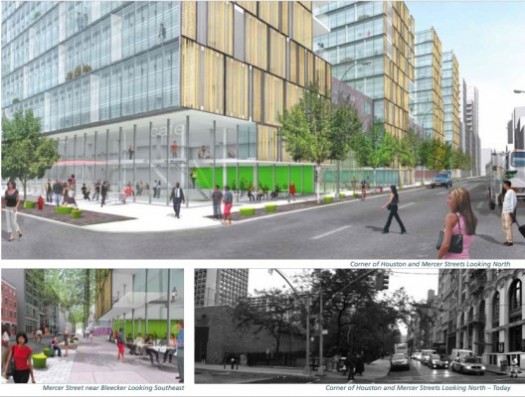
We are celebrating 15 years — and counting — of stories that are deeply researched and deeply felt, that build a historical record of what the city has been.
We are celebrating 15 years — and counting — of stories that are deeply researched and deeply felt, that build a historical record of what the city has been.
TAXI OF TOMORROW
Want to pick the taxi of tomorrow? The ubiquitous yellow cab is being revamped, and the City is asking New Yorkers to make the final call. At a news conference on Monday, Mayor Bloomberg announced that he is seeking the advice of the project’s “most important stakeholders” — New York City residents — to choose between three design prototypes. The City selected Ford, Nissan and Turkish manufacturers Karsan Otomotiv Sanayi & Ticaret AS as the final three contenders to redesign the entire fleet of cabs based on feedback from taxi drivers, owners and passengers. The winning design will be on the streets for the next ten years, though, because the average life span of a taxi is three to five years, cab owners fear that sourcing from one manufacturer could present problems if they fail to steadily supply replacements and parts. Survey takers are asked questions about what they think the priorities of the taxis of the future should be, from fuel economy to electric outlets to accessibility. Need more incentive? Not only will participants be able to influence the design of one of the most iconic symbols of New York City, they will also be in the running to win a year of free cab rides, sponsored by the Design Trust for Public Space.
.
.

OPPORTUNITY, MAPPED
The American Human Development Project has created an interactive map (designed and built by Zachary Watson and Omnibus Advisory Committee member Rosten Woo) charting what they call the Human Development Index. Considering factors of health, knowledge and standard of living, the index computes wellbeing and opportunity on a scale from one to ten. The index can be sorted by state, congressional district, metro area, ethnic identity or zip code to find stats on life expectancy, school enrollment, population demographics, income, and much, much more. New Yorkers should be pleased to note that the City’s Congressional District 14 ranks highest on the overall Development Index, with a score of 8.79 (Kentucky’s Congressional District 5 comes in last at 2.82). Well designed and informative, the maps let users explore the facts of interrelated economic diversity and standard of living geographically, and compare their own opportunities with those of other Americans.
.
.
SUBWAY TO SECAUCUS
There was a lot of talk this week about an idea to extend the 7 train to Secaucus, New Jersey. Planners hoped the 3 billion dollars that was freed up after Governor Christie tanked the ARC Tunnel last month might go to the project, but, according to Jeff Zupin, transportation fellow at the Regional Plan Association, the funds have disappeared and the extension is now being deemed financially unfeasible by local government. Though a popular topic this week, the subway to Seacaucus is not a new concept. The New York Times interviewed Steve Lanset and Ralph Braskett who proposed the idea five years ago. Though not involved with the recent proposal coming from City Hall, Lanset and Braskett “had a hunch that the new plan had borrowed from his older one.”
.
.

SEXTON AS MOSES
Make way for NYU. New York Magazine profiled the school’s president John Sexton this week, boldly comparing him to Robert Moses. Sexton’s expansion plan, known as NYU 2031, will add 6 million square feet to the campus, substantially altering the built environment of Greenwich Village and putting the core of downtown New York on the path to becoming a college town. His idea for the school goes beyond new dorms and research labs – he sees the city and the university as a connected entity and believes the project will catalyze economic and cultural development. This comes to the chagrin of many neighbors and preservationists who don’t see the proposed 38-story hotel and residential hall fitting in with the Village’s historic buildings, and who won a victory last month when the City Council rezoned parts of the West and East Villages instituting an 80-foot height limit. The new code poises both camps for a debate on the character of the Village and the impact of educational institutions on culture in the city.
.
.
SMART SYSTEMS
The Economist recently published a special report on Smart Systems, heralding the “virtualization of the real world.” Though the comparison of these systems to a 1990’s sci-fi movie is an easy one, the idea of information-linked objects has practical ramifications in growing cities, and potential for a more participatory urbanism. Roads and bridges can be equipped with sensors that update data mainframes, alerting agencies when repairs are needed. Through smart phone applications, citizens can download information about services in their area just by snapping a picture of the street, or report on needed improvements throughout the city. And that’s just a start. Though concerns about privacy, security and surveillance make many users nervous, smart systems are on a path to transform our cities, streets, infrastructure and buildings, and the more informed we are about the technology, the better we can engage it. “The biggest risk is that smart systems become black boxes, closed even to citizens who have the skills to understand them. Smart systems will make the world more transparent only if they themselves are transparent.” For more ideas on participatory software in the city, look back at Adam Greenfield’s Omnibus feature on citizen responsiveness and a “read/write urbanism.”
.
The Roundup keeps you up to date with topics we’ve featured and other things we think are worth knowing about.
The views expressed here are those of the authors only and do not reflect the position of The Architectural League of New York.